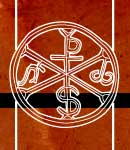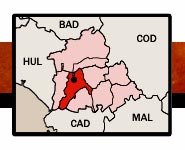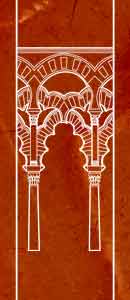


 |
 |
||
 |
|||
 |
(40)/R-TE/SEVI-SeviA-40.jpg) |
-55/BOOK-cort-40.jpg) |
 |
 |
||
 |
|||
 |
ACCESO A SEVILLA : Capital de Andalucía se puede acceder por la A-4 (Cádiz, Madrid y Córdoba), por la A-49 (Huelva y Portugal), por la A-66 (Mérida) y por la A-92 (Granada). Los enclaves se ubican en el centro histórico, ver el plano. ACCESO PARA MINUSVÁLIDOS : Con silla de ruedas tenemos visita factible para San Marcos y el Omnium Sactorum (hay rampa para el acceso) y visita no factible para las murallas, el acueducto, la torre del Oro, San Juan y el templo romano. |
 |
ACCESS TO SEVILLA : Capital of Andalusia can be accessed by the A-4 (Cádiz, Madrid and Córdoba), by the A-49 (Huelva and Portugal), by the A-66 (Mérida) and by the A-92 (Granada). The sites are located in the historic center, see the map. ACCESS FOR HANDICAPPED : With a wheelchair we have a fesible visit to San Marcos and the Omnium Sanctorum (there is a ramp for access) and an unfeasible visit to the walls, the aqueduct, the Torre del Oro, San Juan and the Roman temple. |
||||
 |